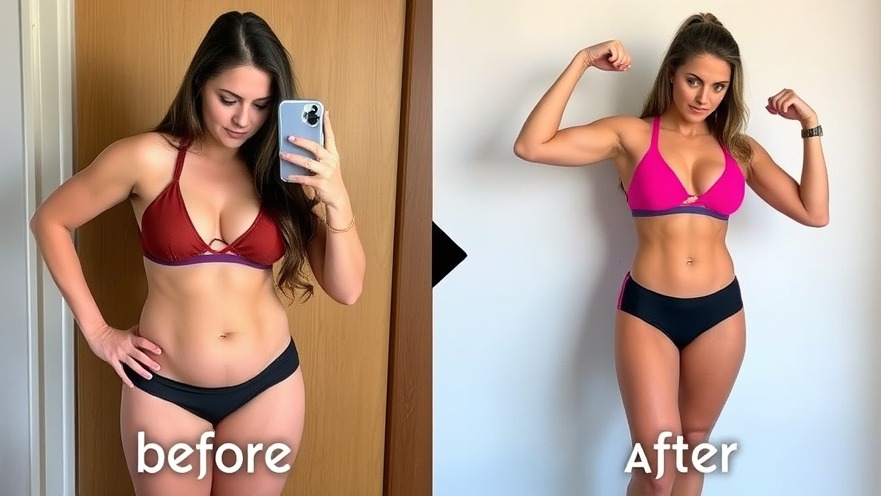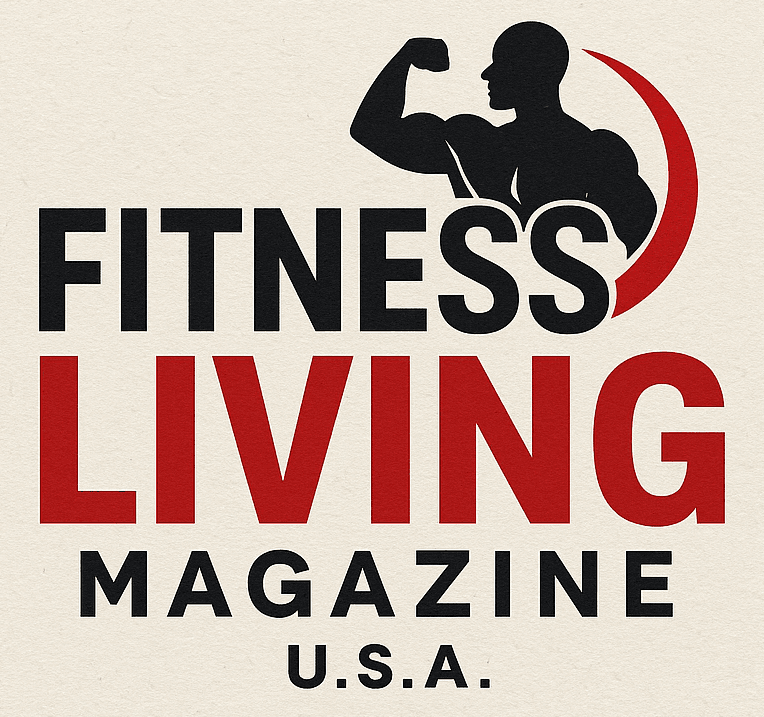
Transform Your Fitness Routine with No-Jumping Workouts
With the increasing demand for accessible, low-impact exercises, workout routines that burn calories while minimizing strain are gaining popularity. This trend not only attracts fitness enthusiasts but also gym owners and trainers looking to diversify their offerings. HiIT (High-Intensity Interval Training) workouts that require no jumping, like the recently popularized standing workouts, provide an answer to this need. They cater to a variety of fitness levels, making them a comprehensive solution for gyms.
In 🔥 Burn 500+ Calories in 30 Min💦 HIIT Full Body Standing Workout (No Jumping), the discussion dives into effective low-impact exercises, exploring key insights that sparked deeper analysis on our end.
Benefits of Full Body Workouts
Full body workouts are a staple for achieving maximum calorie burn efficiently. By engaging multiple muscle groups, these workouts promote overall strength, improve endurance, and enhance cardiovascular health. Research indicates that integrating standing movements can increase body awareness and engage the core, leading to better stability and balance. Moreover, such workouts offer a dynamic way to keep clients engaged, reducing drop-out rates and enhancing client retention.
Why Incorporate a No-Jumping Routine?
No-jumping workouts are perfect for those concerned about joint health. They serve as an inclusive option for seniors, people recovering from injuries, or anyone looking to improve their fitness without risking aggravation of existing health concerns. For gym owners, providing such options can attract a broader clientele and enhance community engagement, allowing for tailored classes that cater to diverse needs.
How to Implement HIIT in Your Fitness Offering
As a gym owner or fitness trainer, incorporating HIIT styles with no jumping can refresh your class schedules. You might want to start by providing introductory classes that explain the basics and benefits of such workouts. Creating engaging environments with music and personal coaching can keep participants motivated. Consider offering these classes at various times to accommodate different schedules, ensuring that you meet the demands of your clientele.
Future Trends in Fitness Workouts
The future of fitness appears to include increasing personalization through technology, such as fitness apps that adapt workouts to user proficiency. Hybrid classes that combine virtual sessions with in-person guidance are also emerging. By integrating these technologies, gyms can deliver tailored programs that resonate with individual preferences and build loyal customer bases.
Final Thoughts: Emphasizing Community and Adaptability
Understanding the importance of adaptability in fitness programming can make a significant difference in the success of your gym. By offering diverse and inclusive workout options, you not only enhance your attractiveness to a broader audience but also fulfill a vital role in promoting health and well-being. As fitness trends evolve, staying ahead by incorporating new methodologies like no-jumping HIIT workouts is essential.
Now is the time for gym owners and trainers to rethink their fitness offerings and include innovative approaches that resonate with current and potential clients. Explore different class structures and create opportunities to connect with your community. Your gym could be the launching pad for the next fitness trend!
 Add Row
Add Row  Add
Add 



Write A Comment